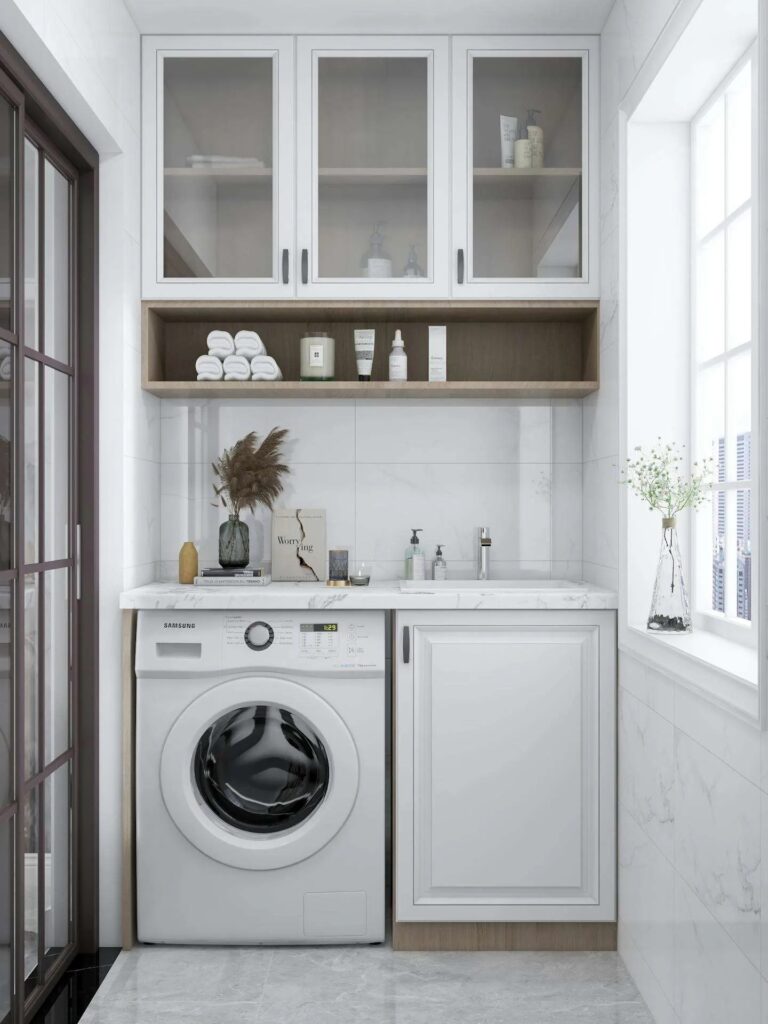Our living spaces can easily transform into cluttered storage areas filled with items we no longer use or need. Have you ever found yourself tripping over forgotten boxes or sifting through stacks of old magazines? It’s a common scenario. Many of us accumulate possessions over time, and before we know it, our homes are overflowing with things that serve no purpose. In this article, we’ll explore effective strategies to declutter your home and reclaim your space. You’ll discover practical tips, the benefits of a minimalist lifestyle, and how to maintain a tidy environment long-term. Let’s dive in!
Understanding the Impact of Clutter on Your Life
Clutter isn’t just an eyesore; it can have a profound effect on your mental well-being. When your environment is chaotic, it can lead to feelings of stress and anxiety. You might even find it hard to focus or relax in your own home. Moreover, clutter can consume your time and energy—how often do you waste precious minutes searching for items buried beneath piles of unnecessary stuff?
Recognizing the Root Causes of Clutter
Before you can tackle clutter, it’s important to understand what leads to it. Here are some common reasons:
- Emotional Attachment: Sentimental items can be difficult to part with.
- Shopping Habits: Impulsive purchases contribute to excess.
- Lack of Space: A small home can quickly fill up.
- Procrastination: Delaying decisions about what to keep or discard.
Recognizing these triggers is the first step in transforming your space.
Steps to Declutter Effectively
Now that you’re aware of the causes, let’s discuss actionable steps to regain control over your space.
1. Start Small
Begin with one area at a time. It could be a single drawer or a small section of a room. This way, you won’t feel overwhelmed.
2. Sort and Categorize
As you go through your items, categorize them into:
- Keep: Items you use regularly.
- Donate: Things in good condition that you no longer need.
- Trash: Broken or unusable items.
This simple sorting process can significantly reduce your clutter.
3. Set Clear Goals
What do you want to achieve? Is it a tidy living room or a minimalist bedroom? Having clear objectives can guide your decluttering efforts and keep you motivated.
4. Create a Schedule
Dedicate specific times each week for decluttering. Consistency is key. Even 15-30 minutes can make a difference over time.
The Benefits of a Minimalist Lifestyle
Adopting a minimalist approach goes beyond just decluttering. It can enhance your quality of life.
- Reduced Stress: A tidy environment promotes peace of mind.
- Increased Productivity: Fewer distractions can lead to better focus.
- Financial Savings: Buying less means spending less.
Imagine enjoying your space without the weight of unnecessary possessions.
Maintaining a Clutter-Free Home
Once you’ve successfully decluttered, how do you keep it that way? Here are some tips:
- One In, One Out: For every new item, consider letting go of another.
- Regular Check-Ins: Schedule monthly reviews of your space.
- Mindful Shopping: Think critically before making purchases.
You’ll find that maintaining a clutter-free environment becomes second nature with time and practice.
By taking these steps, you can transform your home from a storage zone into a serene sanctuary. It’s time to reclaim your space and enjoy the benefits of a clutter-free lifestyle.




